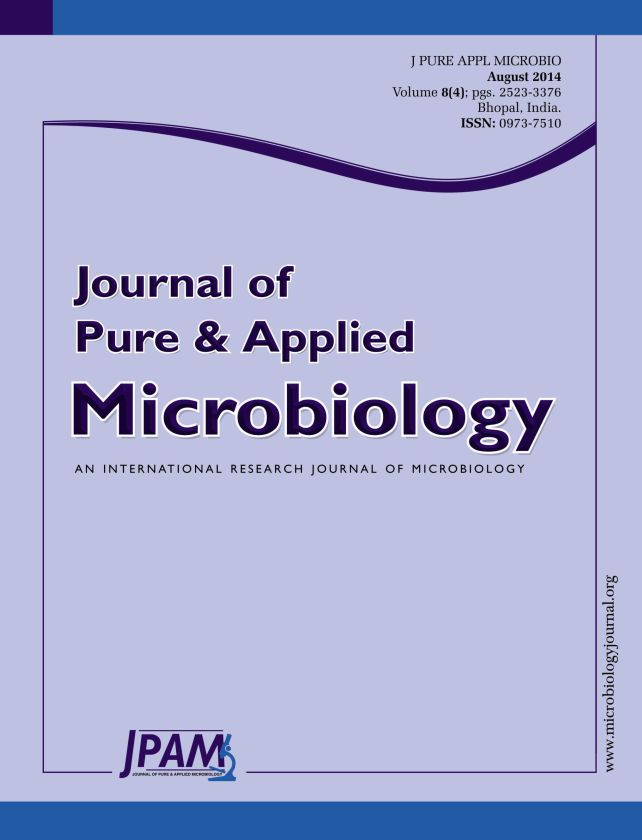Exogenous Avian leukosis virus subgroup A is the major causative agent of lymphoid leukosis causing significant loss to poultry industry through subclinical conditions. Eradication of exogenous ALV A in breeding stock is affected by lack of vaccines and difficulty in identification and elimination of the shedders and transmitters birds. The present study was conducted at the farm level to simulate the existing poultry rearing. We used commonly available serological and molecular diagnostic tests to screen laying hens and their embryos for the presence of ALV A infection. Adult laying hens were tested for proviral DNA and viral RNA using PCR and RT-PCR respectively. And their antibody and viremic status were studied using gsAg based ELISA. Similarly, 21-days old embryos of the respective dams were analysed. Based on the presence of viremia, antibody against gsAg and PCR, RT-PCR results out of 16 dams tested 12 hens were categorized as transmitters. In conclusion, combination of serological and molecular methods screening dams and their embryos/chicks, will facilitate early detection of true exogenous ALV A transmitters in the breeding stock, in order to establish ALV a free flock.
Avian leukosis virus, Lymphoid leukosis, Shedders, Transmitters
© The Author(s) 2014. Open Access. This article is distributed under the terms of the Creative Commons Attribution 4.0 International License which permits unrestricted use, sharing, distribution, and reproduction in any medium, provided you give appropriate credit to the original author(s) and the source, provide a link to the Creative Commons license, and indicate if changes were made.


